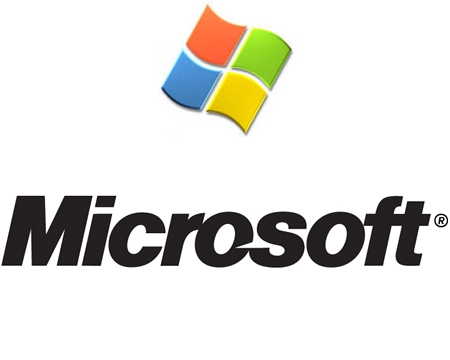Microsoft is looking to quickly boost uptake of its new web browser by pushing Internet Explorer 9 to Windows 7 and Windows Vista users via Windows Update.
“On 18 April, a little over a month after the final release of IE9, we will be ready to start the rollout of IE9 to our Windows 7 and Windows Vista customers,” Roger Capriotti, director for Internet Explorer Marketing, wrote in an 14 April posting on The Windows Blog. “Similar to our approach for IE8, we will use Windows Update to deliver IE9 to users. IE9 will not install automatically on machines. Users will have to agree to install IE 9.”
Microsoft also plans to make IE9 available to business customers via Windows Server Update Services (WSUS) starting in June. Those customers can also use the IE 9 Blocker Toolkit to “Prevent IE9 rollout via Windows Update until they are ready,” Capriotti added.
Simplified Design
With IE9, Microsoft worked to strip the browser down to its essentials: The search and address bars have been consolidated into one, while the translucent frame places web content front-and-centre. The company claims it designed IE9 to utilise both HTML5 and the PC’s own processing power to deliver rich content faster. For those using Windows 7, IE9 offers the ability to drag and pin website tabs to the taskbar, and “Aero Snap” windows to the left or right of the screen (useful for when you want to organize multiple websites, in the former case, or, in the latter one, when you want to view two web pages side-by-side).
 Even as Microsoft pushes IE9 in the face of aggressive competition from Firefox, Google Chrome and other browsers, Redmond executives have been adamant about the supposed need to kill IE6, even starting a website “The Internet Explorer 6 Countdown,” which claims, “Friends don’t let friends use Internet Explorer 6 … and neither should acquaintances.”
Even as Microsoft pushes IE9 in the face of aggressive competition from Firefox, Google Chrome and other browsers, Redmond executives have been adamant about the supposed need to kill IE6, even starting a website “The Internet Explorer 6 Countdown,” which claims, “Friends don’t let friends use Internet Explorer 6 … and neither should acquaintances.”
Legacy Problem
Although IE6 has a tiny market share in countries such as the United States (2.9 percent) and Canada (3.3 percent), the browser continues to hold substantial market share in much of Asia, including China (34.5 percent), South Korea (24.8 percent) and Japan (10.3 percent). A number of users rely on IE6 as part of Windows XP, another legacy platform that Microsoft desperately wants abandoned in favour of Windows 7. Some enterprises and SMBs (small to midsize businesses) also depend on IE6 for older proprietary applications.
Although IE9 has only been available in its final version for a few weeks, Microsoft used the past week’s MIX11 conference in Las Vegas to preview Internet Explorer 10. Dean Hachamovitch, corporate VP of Internet Explorer, offered a breakdown of IE10, which apparently builds on IE 9’s native HTML5 support and performance optimisation. “Internet Explorer 10 will push the boundaries of what developers can do on the web even further,” he told the audience at the event.





